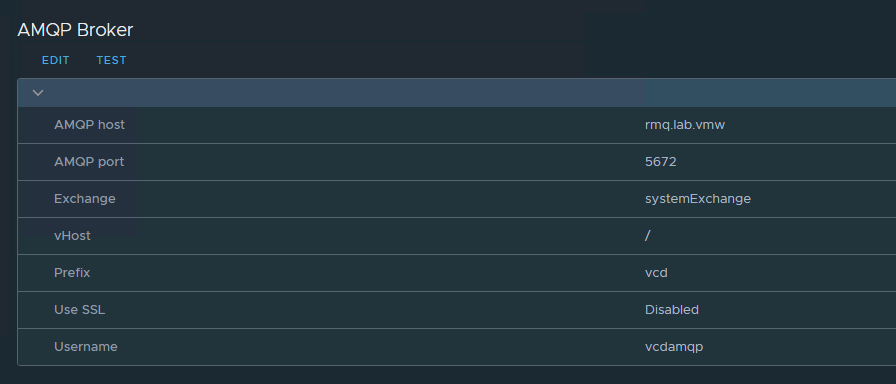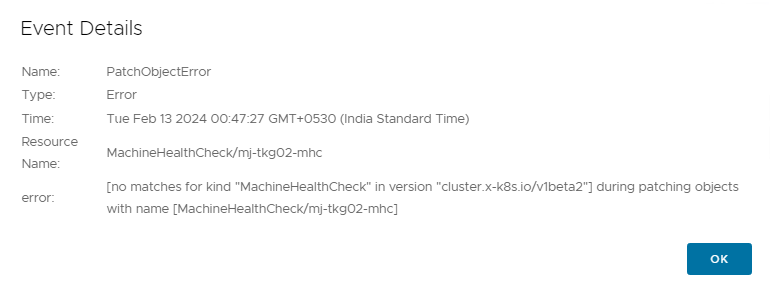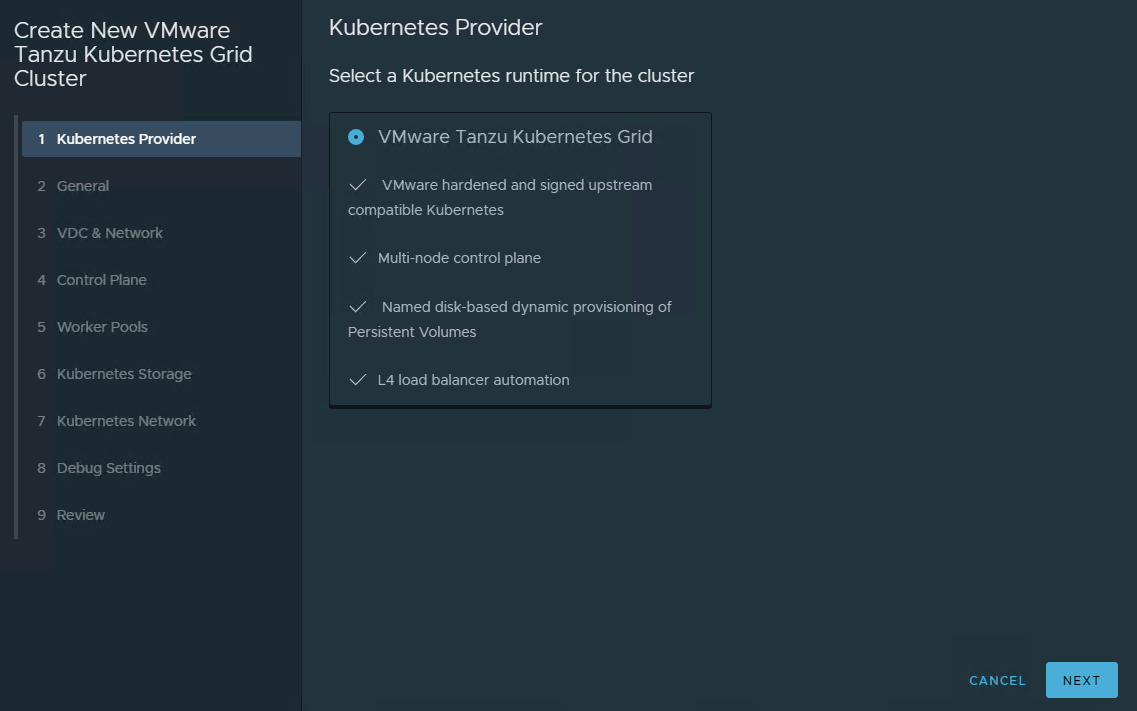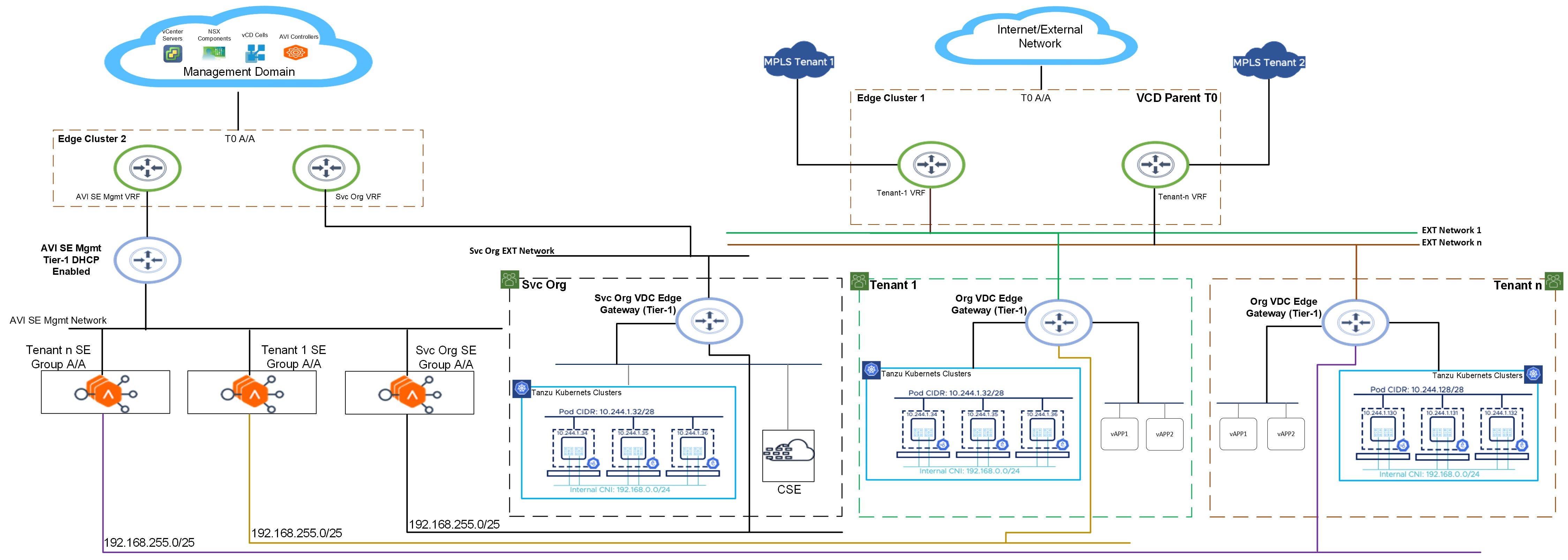Introduction
Over the last few years, VCD has evolved as a true developer ready cloud. To start with, VCD enabled Service Providers to offer multi-tenant/multi-cluster Kubernetes as-a-Service through Container Service Extension and lately enabled integration with Tanzu Mission Control to simplify the Kubernetes management and visibility across environments through a single pane of glass.
Software as a Service (SaaS) has emerged as a game-changer, offering a flexible and scalable approach to software delivery that aligns perfectly with the demands of modern businesses. To cater to this need, VCD integrates with the App Launchpad service that offers a self-service portal to tenants to deploy and manage their applications easily. It allows users to deploy and manage applications on top of the infrastructure provisioned through the VCD portal and provides a user-friendly interface for application provisioning.
The main challenge with App Launchpad was the need for administrators to handle catalog items individually, resulting in increased overhead.… Read More






